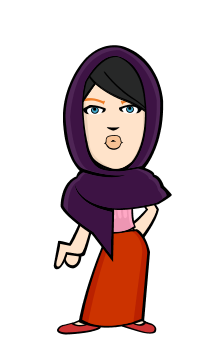With the Cold War intensifying, the United States hardened its policies against any allies of the Soviet Union, and by 1955 President Dwight D. Eisenhower had pledged his firm support to Diem and South Vietnam. With training and equipment from American military and police, Diem’s security forces cracked down on Viet Minh sympathizers in the south, whom he derisively called Viet Cong (or Vietnamese Communist), arresting some 100,000 people, many of whom were tortured and executed. By 1957, the Viet Cong and other opponents of Diem’s repressive regime began fighting back with attacks on government officials and other targets, and by 1959 they had begun engaging South Vietnamese Army forces in firefights.
In December 1960, Diem’s opponents within South Vietnam–both communist and non-communist–formed the National Liberation Front (NLF) to organize resistance to the regime. Though the NLF claimed to be autonomous and that most of its members were non-Communist, many in Washington assumed it was a puppet of Hanoi. A team sent by President John F. Kennedy in 1961 to report on conditions in South Vietnam advised a build-up of American military, economic and technical aid in order to help confront the Viet Cong threat. Working under the “domino theory,” which held that if one Southeast Asian country fell to communism, many would follow, Kennedy increased U.S. aid, though he stopped short of committing to a large-scale military intervention. By 1962, the U.S. military presence in South Vietnam had reached some 9,000 troops, compared with fewer than 800 during the 1950s.



